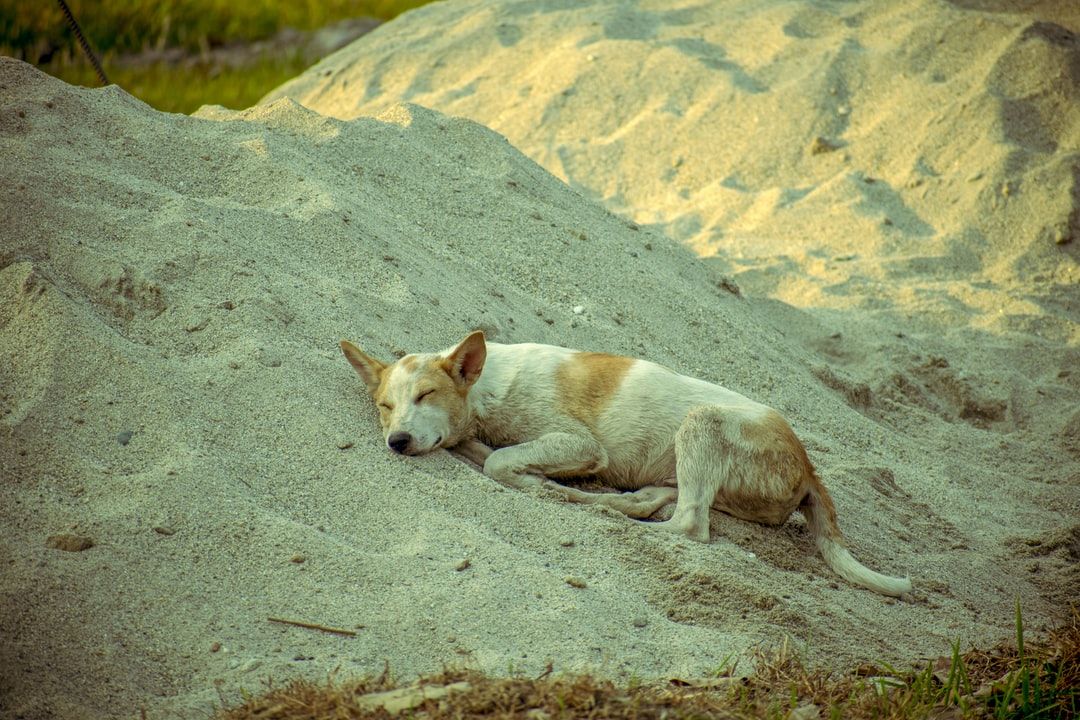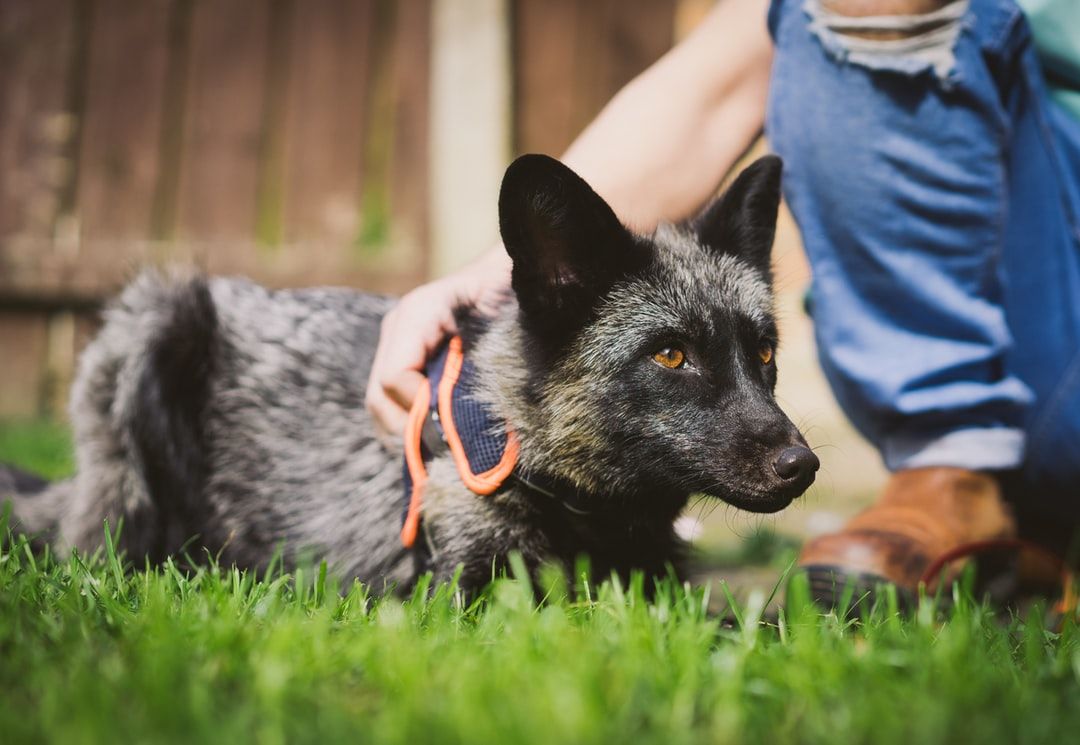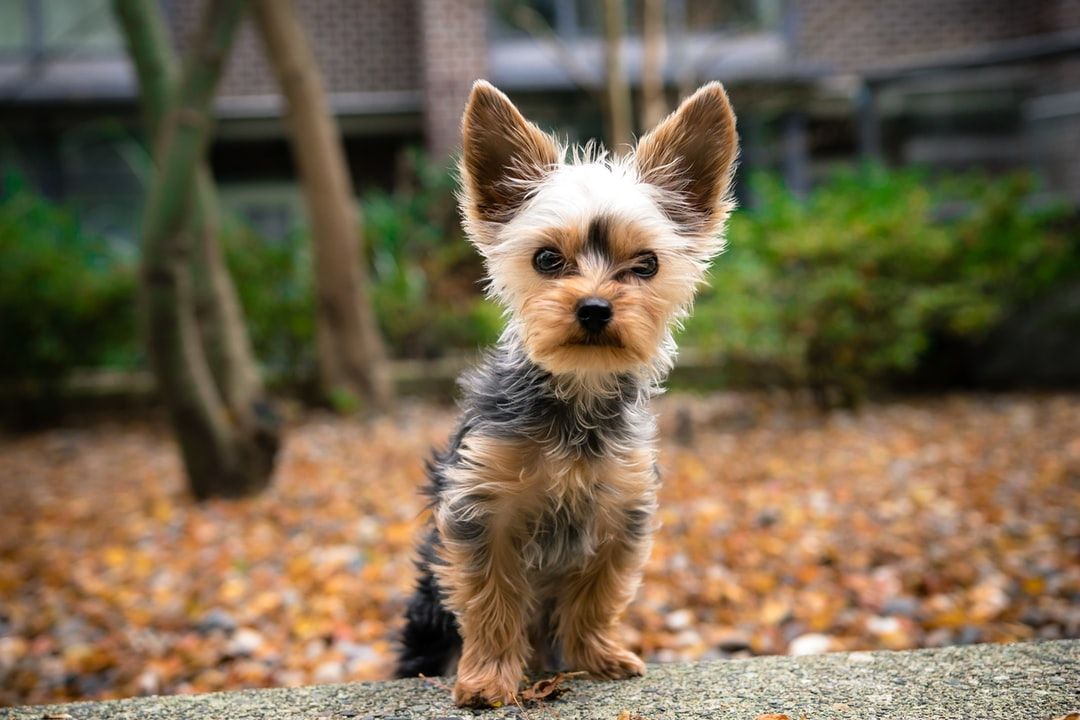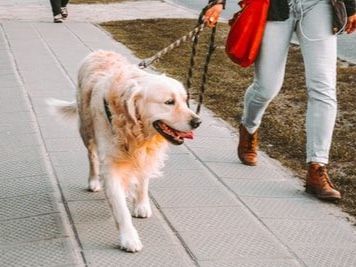Likely one of the more intriguing aspects of dogs and men becoming companions is how this relationship first began. While it is unlikely that a hunter or gatherer who was out in the forest simply befriended a wild wolf and it took it back to live with their family, there are other more supported domestication scenarios.
One of the more popular theories as to how dogs became domesticated is that some early humans found a way to capture or adopt wolf pups and train them to perform jobs in their villages. While some wolf pups were potentially meant as family pets, many likely worked as guard dogs to protect the villagers and livestock if the village had other domesticated animals. More likely than not, the domestication of wild dogs become popular around the same time that agriculture became prominent across the world (Marshall, 2021).

There are fossils of ancient, domesticated dogs that do corroborate this data, but there are even older fossils that indicate some ancient humans domesticated dogs even earlier than the beginnings of agriculture. In fact, some scientists believe that the domestication of dogs could be twice as old as agriculture itself.
As dogs became more integrated parts of ancient civilizations, humans likely became better companions with the dogs who are more friendly and social. While some scientists like to call this the “survival of the friendliest” concept because the dogs who got along better with the hunters and gatherers were likely the ones who were kept around (Handwerk, 2018).
More likely than not, wolves also became domesticated as they came more comfortable around humans. This means that the ones who were more comfortable around civilization were likely the ones who are accepted into society and became the first domesticated dogs.
Another odd phenomenon that occurs when animals begin to become domesticated his other physical characteristics start to change. It is well known that puppies, kittens, and other baby animals are seen as cuter, and thus people prefer to have them around.
As domesticated dogs became more domesticated during the hunter and gatherer period, the friendlier dog started to develop splotchy coats, floppy ears, curly tails, bigger “puppy dog” eyes, and other desirable features that are still seen in certain breeds of dogs today. This is because, for some reason, friendliness leads to these physical changes-- known as self-domestication—that can be seen after just a few generations of the domesticated animal.
Because of the process of self-domestication, it is more likely the dogs ultimately domesticated themselves versus the other way around. If the dogs were not social enough to interact with humans and get along as companions, it is unlikely that humans and wild canines would have become friends. But because humans and dogs ultimately got along so well, the domestication was, for the most part, natural.
Because of the process of self-domestication, it is more likely the dogs ultimately domesticated themselves versus the other way around. If the dogs were not social enough to interact with humans and get along as companions, it is unlikely that humans and wild canines would have become friends. But because humans and dogs ultimately got along so well, the domestication was, for the most part, natural.

One example of this that is more prevalent in recent times is the domestication of foxes in Russia. Foxes are not necessarily the most popular pets in the world currently, but some breeders are attempting to domesticate foxes so that they can become common household pets. However, the domestication of foxes is so new that many of the foxes that are kept as pets still retain more wild characteristics.
Yet, the more recent generations of domestic silver foxes have been undergoing the process of self-domestication. As foxes became closer to their human companions and humans began to see foxes as potential pets, the Russian foxes that accepted human interaction more have been bred to look increasingly cuter, and quite honestly, more like dogs (Dugatkin, 2018).
But even with extensive DNA evidence, we will never know exactly how dogs and humans became such close friends. We can only speculate how dogs and humans came to interact and form this companionship. Regardless of how humans and dogs became friends, it is clear that over the centuries dogs have helped humans in countless ways. However, we are only just now learning about how important this bond is between humans and dogs.
The Domestic Dog Today

The domestic dog that we know today includes dozens of different breeds. Even though the breeds of dogs can look drastically different, all the types of dogs stem from the same common ancestor. This does mean that the Great Dane and the Chihuahua are both the same species despite the Great Dane being so large and the Chihuahua being so small.
Over the years, dogs have served numerous different purposes. Dogs have guarded family households, become some of the most successful hunting companions, have served as support pets to royal families, protected herds of livestock, and have become such an important part of human relationships that many cannot picture life without their domestic dog.
Since their humble beginnings, humans, and dogs have become great companions. While over half of the population's households will have some sort of pet, over a third of those households will own a dog. Because of third of all households have a dog, dogs are in fact the most popular pet to have on the entire planet.
We should be incredibly grateful that the first humans to decide that dogs were worthy of our companionship approached the canines and became their friends. Because without dogs, the human experience will be missing out on a bond that can change their lives.
Start Your FREE Skill-Hub Trial Today
Commitment Free 3 Day Access
Canine Principles' Skill-Hub allows unlimited* access to ALL self-study courses, workshops & webinars.
*Requires Monthly Subscription. See Skill-Hub Subscription Page For Details.

